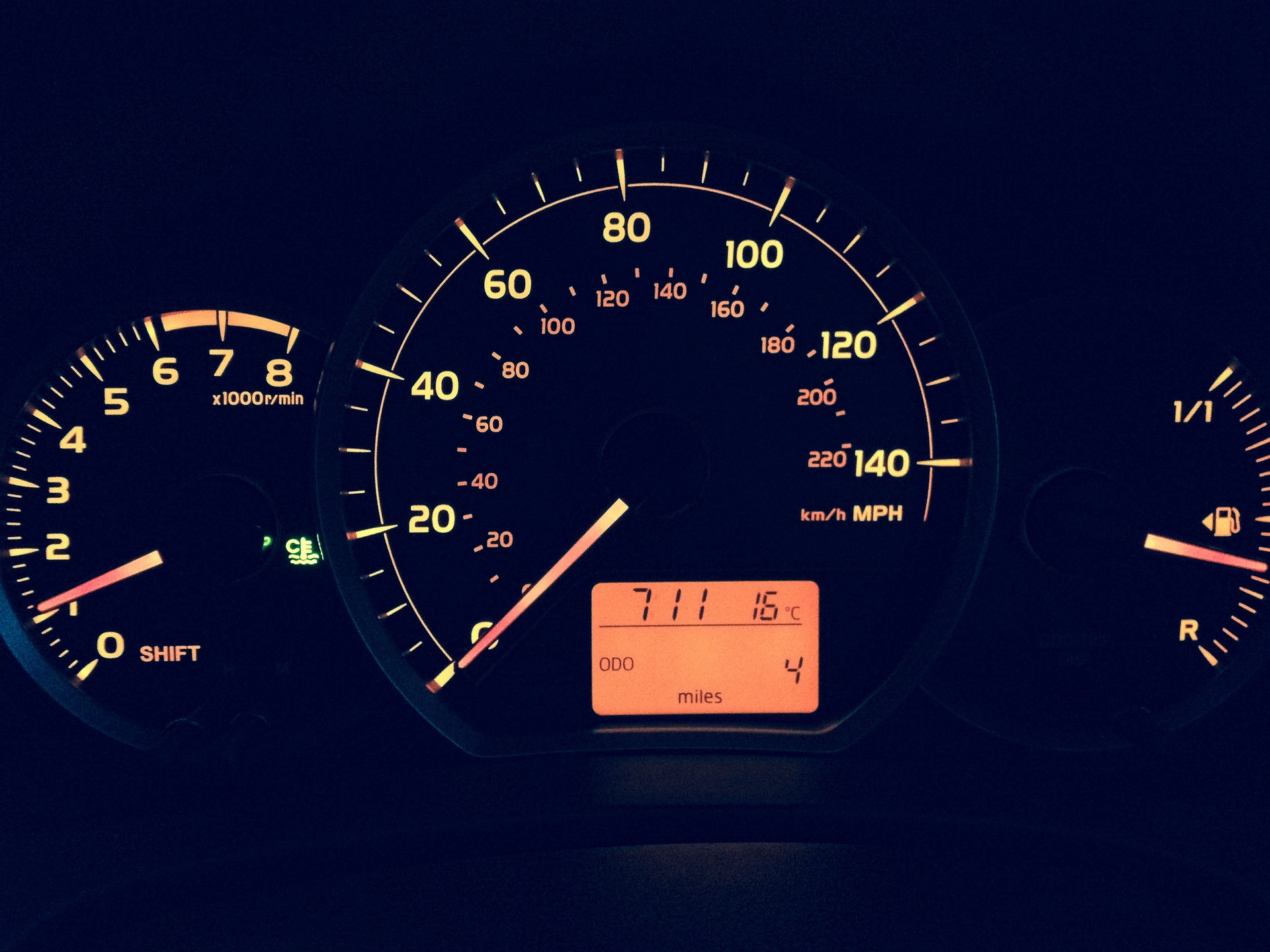Business mileage is the most significant single expense type for companies in the UK. It’s estimated that over 2 million employees make mileage claims annually, driving more than 10 billion business miles every year in the UK alone.

However, recording business miles can be a huge hassle and very time-consuming so it’s no surprise that over 89% of submitted mileage claims are inaccurate, according to Flexed. What is worse is that 41% of employees don’t consider over-inflating expenses to be wrong, according to a survey run by Allstar Business Solutions, even though it actually constitutes fraud.
If a claim is found to be inaccurate, both the employer and employee are liable, and this can carry hefty tax penalties for the business, making it even more important to implement a transparent mileage reimbursement policy across your entire organisation.
This is why Autotrip has put together this step by step guide that shows you how you can implement a mileage policy that fits your specific business needs in 5 simple steps:
1. Define what counts as a business trip
56% of drivers in the UK are unaware of HMRC rules on reclaiming business mileage. Although business mileage may seem simple at first, it can be confusing and the lines between private and work-related journeys can easily become blurred.
According to HMRC, business mileage is travel that employees make ‘wholly and exclusively’ for business purposes, such as:
- Trips needed to complete work, e.g. deliveries.
- Trips between two workplaces for the same job.
- From an employees’ home to a client.
- To a temporary workplace e.g. building site, client’s office.
On the other side, HMRC has also outlined that ordinary commuting journeys or any sort of private journey don’t constitute as business mileage, even if the employee runs a work-related errand along the way.
2. Use HMRC mileage rates
You can set your own mileage rates, but HMRC mileage rates might be more beneficial to both the company and driving staff. If you decide to use their rates or lower, then HMRC doesn’t require any tax to be paid on business mileage expenses.
These are the current rates for employees who drive a company car for business purposes, also known as Advisory Fuel Rates (AFRs):
| Engine Size | Petrol | LPG |
| 1400cc or less | 12p | 8p |
| 1401cc to 2000cc | 15p | 9p |
| Over 2000cc | 22p | 14p |
| Engine Size | Diesel |
| 1600cc or less | 10p |
| 1601cc to 2000cc | 12p |
| Over 2000cc | 14p |
These are the current rates for employees who drive a private vehicle for business purposes, also known as Approved Mileage Allowance Payments (AMAPs):
| Vehicle Type | Per Business Mile – under 10,000 miles | Per Business Mile – over 10,000 miles |
| Cars and Vans | 45p | 25p |
| Motorcycles | 24p | 24p |
| Bikes | 20p | 20p |
3. Comply with the duty of care
It’s important to note that if the vehicle is owned by the employer, it’s considered a place of work, so health and safety rules apply. Where employees use their own vehicle, the employer should ensure that the vehicle is in good working order, fully insured, taxed and MOT’d and that the driver is covered by breakdown assistance.
This means that you need to assign a person responsible for overseeing the above and also ensuring drivers are properly vetted and have a valid driving licence.
4. Keep mileage records and store logs safely
Your business must also keep mileage logs for at least 6 years, which is no easy task – 93% of SMEs would fail an HMRC mileage inspection because they don’t keep adequate records.
Without reliable records, HMRC may disallow your mileage deduction and even impose potential fines that can reach up to 6 figures. These are the minimum mileage log requirements that you should keep for each business trip:
- The dates and times of the trip
- Start and end addresses and the mileage travelled
- Reason for the journey and amount claimed
5. Implement a mileage expense system that supports your new policy
We suggest businesses adopt an automatic mileage expense system to simplify as much of the process as possible. Some companies still use paper mileage log books or excel sheets, but these are significantly outdated and time-consuming. You also run the risk of forgetting to record all trips or losing some or all of the data – as mentioned previously these logs are often inaccurate or even fraudulent as they rely on drivers inputting all data manually.
This is why new automatic mileage tracking solutions help businesses save time and money on managing mileage claims. Instead of logging mileage manually, drivers can fit a plug & play tracker into their car, which automatically runs in the background and captures every single mile driven – leaving less room for over-exaggerated claims and human error, whilst also ensuring HMRC compliance.
Together with the tracker, some tracking solutions also enable the drivers to have access to an app where they can classify trips as business or private trips (visible only to them to respect their privacy).
Automatic mileage tracking solutions make life much easier for your business as well as your drivers as claims can be reviewed and approved quickly than safely secured in the cloud.
Ultimately, these tools make mobile workforces more productive, helping drivers spend less time on mundane admin tasks whilst allowing businesses to reimburse drivers for the correct mileage without worrying about compliance.
More on business car insurance and business expenses.


Follow Company Bug